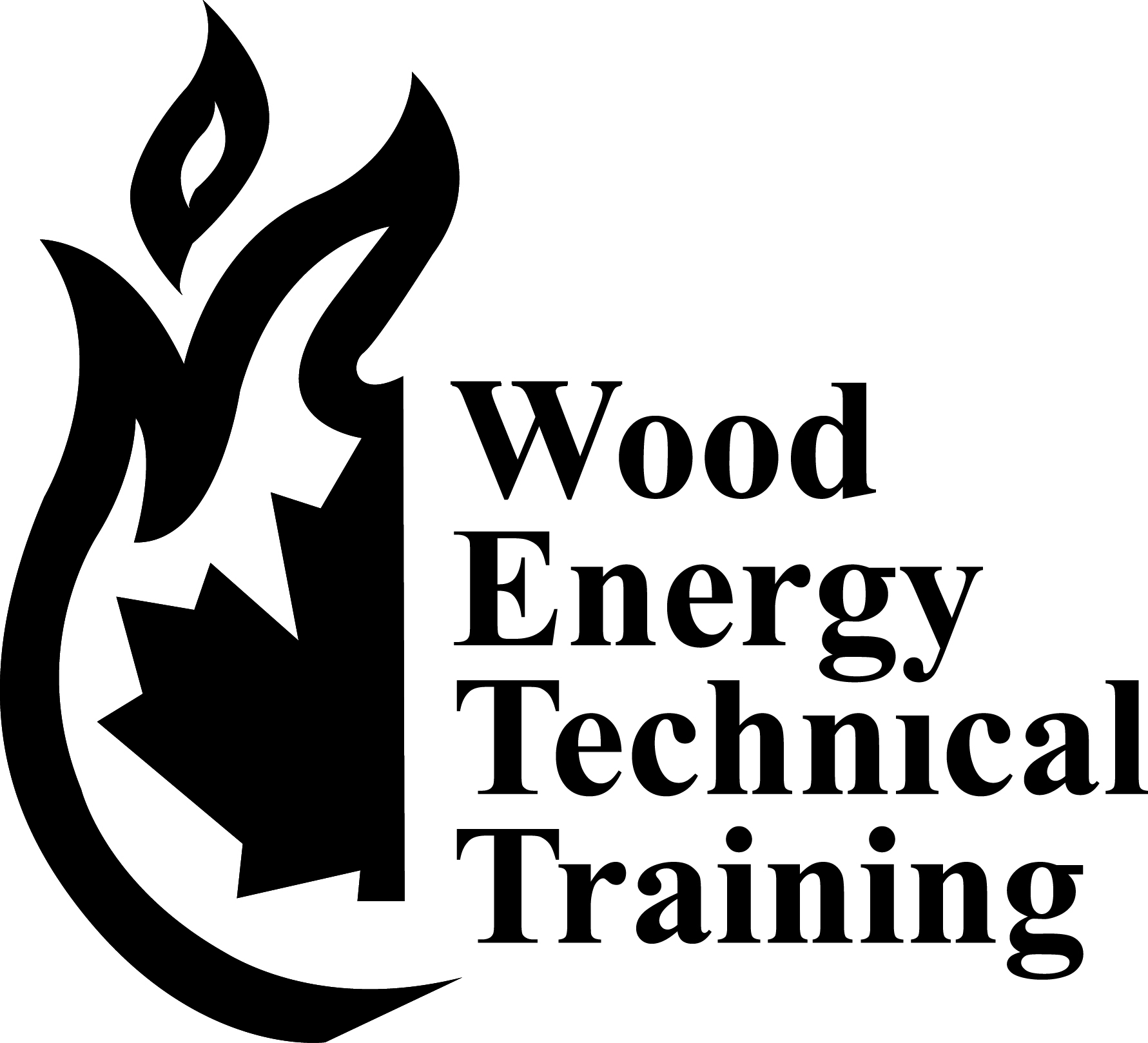Woodstove, Fireplaces or Pellet Stove Installations.
Before you can use your Solid Fuel Burning Appliance, both an inspection and the issuance of a permit to burn is required. The Fire Chief and Deputy Fire Chief are WETT Certified Inspectors. Please ensure that you have reviewed the criteria below prior to contacting the Fire Hall for an inspection, however, should you have questions or need advice on your installation, please contact us and we would be happy to help!
WETT inspections can be booked by contacting the fire hall directly at (250) 242-3939.
There is a $50.00 inspection fee payable at Town Hall.
General Requirements
- Solid-Fuel-Burning Appliance meets the particulate emission requirements of the Canadian Standard or the US Standard.
- Installation must comply with manufacturer's installation instructions and the BC Building Code, BC Fire Code, and CAN/CSA - B365 Standard where applicable.
- Install Smoke Alarms. One per floor minimum and no older than 10 years from date of manufacture.
- Install Carbon Monoxide Detectors. One in the room containing the appliance and one within 5m (15 ft) of any sleeping areas. No older than 10 years from date of manufacture.
- Appliances installed in mobile homes must be approved for such installations.
- Appliances must be affixed with a manufacturer's decal indicating the appliance's serial number and its certification by either CSA, ETL, OTL, ULC, or WH. Uncertified appliances are not permitted as per District of Tumbler Ridge Fire Protection Bylaw No. 680. 2019.
- Stove doors must seal tightly and without aid.
- Interior stove baffles and bricks must be intact and installed correctly.
- Indoor wood storage must be located 1.5m (5 ft) from the heating appliance.
Flue Pipe
- Single wall flue pipe clearance is 18". Typical double wall pipe clearance is 6" or as per the manufacturer.
- Flue pipe must be structurally sound and in good condition.
- Certified flue pipe must have decal showing listing company and clearance to combustibles.
- Longitudinal seams are on the sides or on top of the flue pipe.
- No more than two 90-degree elbows.
- The male end of the flue pipe must feed into the stove.
- Joints in flue pipes, including the connections to the appliance and the chimney, must be made with at least three screws per joint or by mechanical means as per the pipe manufacturer.
- Pellet stove vent joints should be sealed with foil taped, proper silicone sealant or as per manufacturer's installation instructions.
- A flue pipe must be sloped upwards towards the chimney at least 1/4" per foot (20 mm per meter) of horizontal run.
Chimneys
- Wood-burning appliances must be connected to a certified factory-built chimney approved for use with the appliance or connected to a masonry chimney conforming with the BC Building Code
- Chimneys must be inspected at least once every 12 months and cleaned as often as necessary to prevent the accumulation of more than 3 mm (1/8") of soot or creosote
Shielding (Clearance Reduction)
- If shielding is being used, it must be installed in accordance with CAN/ULC - B365. Contact the Fire Hall for more information.
- Shielding must be positioned 7/8" off the combustible wall and attached by non-combustible spacers. Shielding placed directly against the wall is not acceptable
- Shielding must be between 1" and 3" from the floor to allow for adequate airflow.
- Shielding must extend 18" beyond the sides of the appliance and 20" above the appliance.
- Pipe shielding shall not reduce the clearance to combustible requirement by more than 50%.
Floor/Ember Protection (Hearth Pad)
- The hearth pad must extend 8" beyond the sides and back of the appliance and 18" beyond the front of the appliance. For pellet stoves, follow the manufacturer's recommendations
- Hearth pads can be constructed from combustible materials but must be finished with a non-combustible materials such as tile with no combustible material exposed.
Accessory Building Installations
- Solid fuel burning installations in accessory buildings are permitted under specific conditions.
- The bottom of the fire box must be installed 18" above the floor.
- The appliance must be protected by mechanical damage such as a vehicle hitting it.
- The building owner or agent must sign a declaration stating that the appliance is not installed in a hazardous location where a corrosive atmosphere, flammable gas or vapour, combustible dust, or combustible fibres might occur or be present.